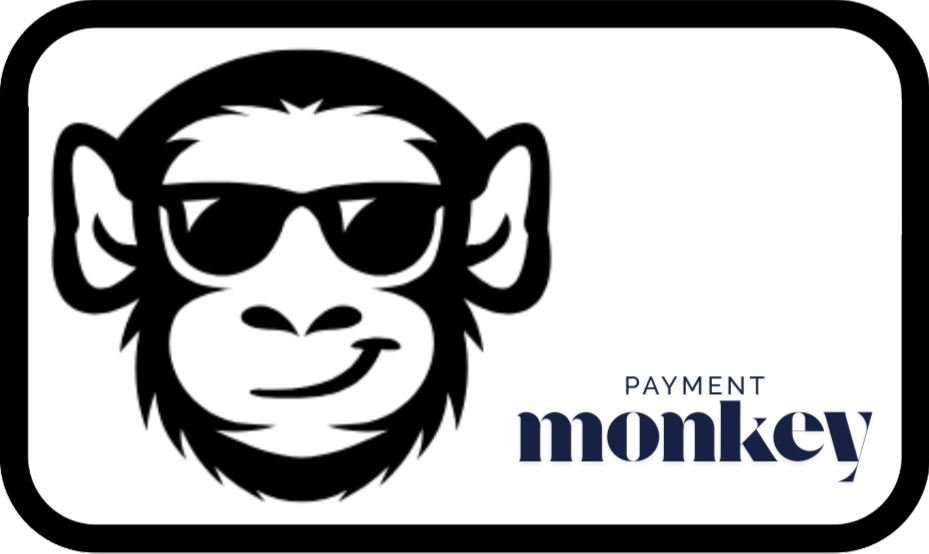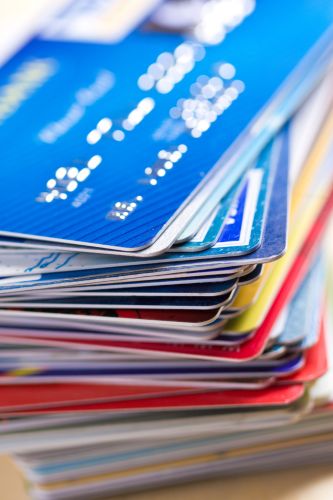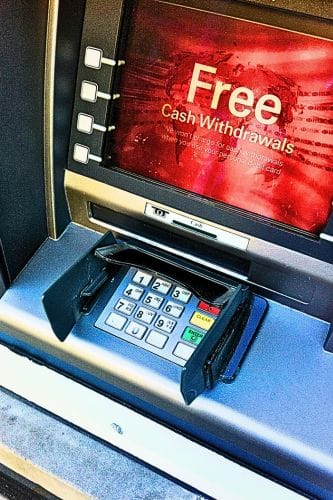| Term | Definition or Explanation | Further Information |
|---|---|---|
| Account Funding Transaction (AFT) | A Visa Account Funding Transaction (AFT) is a non-purchase transaction used to transfer funds from a Visa cardholder account to another account, often for purposes like funding digital wallets or for peer-to-peer payments. It is processed through the Visa network and typically involves standard authorisation and settlement processes to ensure secure and efficient fund transfers. | What is an AFT? |
| Back-to-Back transaction | A back-to-back payment is a sequential transaction process where an Account Funding Transaction (AFT) pulls funds from a sender’s card and an Original Credit Transaction (OCT) immediately pushes those funds to a recipient’s card or account, enabling fast and secure fund transfers. | What is a Back-to-Back transaction? |
| BACS | The Banks Automated Clearing System (BACS) is a UK payment system that processes electronic transactions, such as direct debits and direct credits, typically taking three working days to clear. | |
| Bank Identification Number (BIN) | A Bank Identification Number (BIN) is the first six to eight digits of a payment card (credit, debit, or prepaid) that identify the issuing financial institution or network. It specifies the card brand (e.g., Visa, Mastercard), issuer, card type (e.g., credit, debit), and sometimes the region or program. The BIN is used in card issuing and transaction acquiring to facilitate transaction routing. | What is a BIN? |
| BIAN | BIAN (Banking Industry Architecture Network) is a global, non-profit organisation that develops a standardised, interoperable framework for banking IT services, based on service-oriented architecture (SOA), to reduce integration costs and enhance flexibility for banks, software providers, and system integrators. It defines a semantic banking services landscape with modular "Service Domains" (e.g., payments, customer management) to streamline processes and promote industry-wide collaboration, aligned with standards like ISO 20022. Founded in 2008, BIAN’s framework supports efficient software integration and regulatory compliance.[](https://en.wikipedia.org/wiki/Banking_Industry_Architecture_Network)[](https://en.m.wikipedia.org/wiki/Banking_Industry_Architecture_Network) | What does BIAN mean? |
| Cardholder name | The cardholder name, embossed or printed on a payment card, identifies the authorised user linked to the Primary Account Number (PAN). | |
| Electronic Money Institution (EMI) | An Electronic Money Institution (EMI) is a regulated non-bank entity authorised to issue electronic money (e-money) - a digital cash alternative that is stored electronically - and provide payment services such as card issuing and value transfers. These organisations operate under frameworks like the EU’s Electronic Money Directive. EMIs can facilitate transactions but cannot lend from deposits, thereby ensuring funds are safeguarded. | Electronic Money Institution |
| Expiry Date | The date the payment card ceases to be valid. Dates are given in the format: MM/YY | |
| four-box (or four-party) model | The four-box, 4-box or Four-Party Model for card payments involves the cardholder, merchant, issuing bank (cardholder’s bank), and acquiring bank (merchant’s bank), working together through a payment network (like Visa or Mastercard) to process transactions securely and efficiently. | 4-party model |
| IBAN | An IBAN (International Bank Account Number) is a standardised international code, up to 34 alphanumeric characters long, used to identify a bank account for cross-border payments, ensuring accurate and efficient processing. It includes a country code, check digits, and bank and account details, as defined by the ISO 13616 standard and regulated in the EU under Regulation (EU) No 260/2012 for SEPA transactions. For example, a UK IBAN might look like: GB29 NWBK 6016 1331 9268 19. | |
| IFSF | IFSF (International Forecourt Standards Forum) is a global organisation that develops technical standards to ensure interoperability and connectivity of equipment, such as payment terminals and fuel dispensers, at retail fuel and convenience store forecourts.[](https://ifsf.org/) | International Forecourt Standards Forum |
| MID | Merchant ID - a unique number assigned to a Merchant by an Acquirer. A Merchant may have one or many MIDs, depending on the nature of their business and business model. | |
| Open Banking | Open banking is a financial services model that allows consumers to share their banking data securely with third-party providers via APIs (application programming interfaces). It is enabled by regulation in regions like the UK and EU, with the aim of increasing competition, innovation, and consumer control in financial services. | More about Open Banking |
| Optical Character Recognition (OCR) | Optical Character Recognition (OCR) is a technology that converts images of text, such as the embossed Primary Account Number (PAN) on payment cards and card imprints, into machine-readable data, enabling automated data extraction for transaction processing. | |
| Primary Account Number (PAN) | A Primary Account Number (PAN) is the unique numeric sequence, typically 16–19 digits, embossed or printed on a payment card (credit, debit, or prepaid) that identifies the issuer and the cardholder’s account. It includes the Bank Identification Number (BIN) (first 6–8 digits), an account identifier, and a check digit for validation. | More on the PAN |








